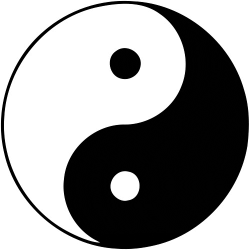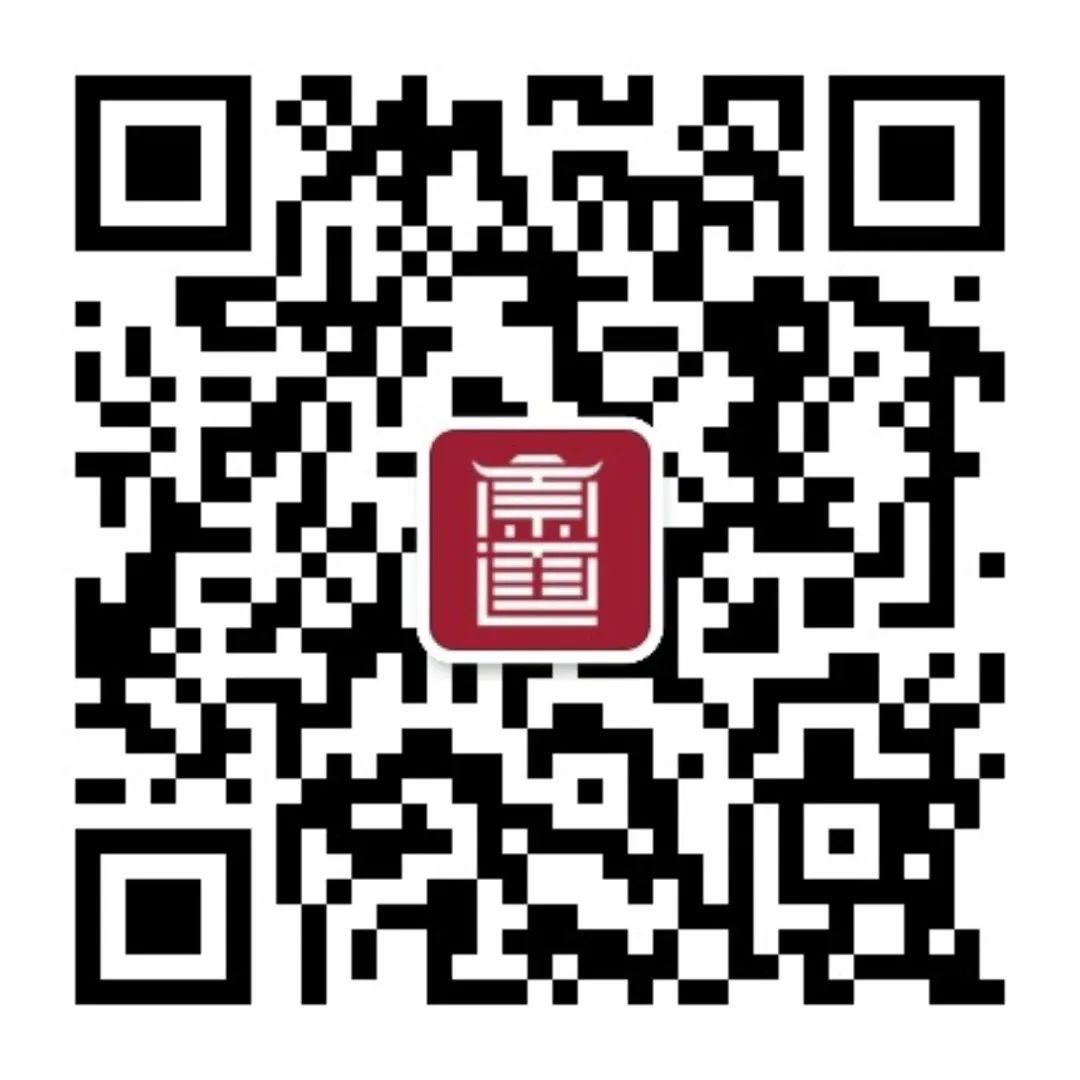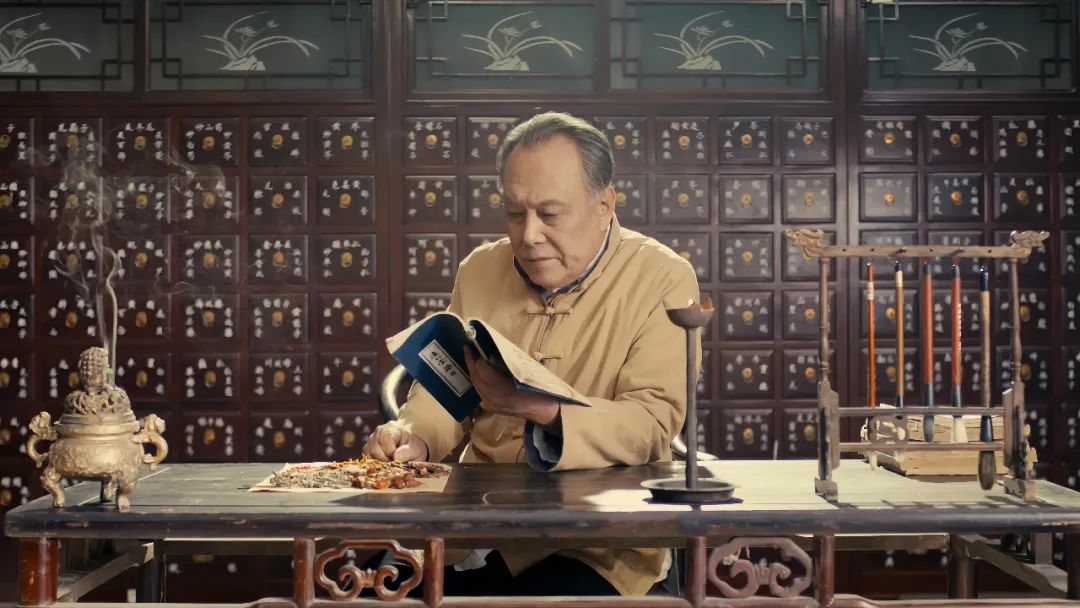
The ancient practice of Traditional Chinese Medicine (TCM) has unique research findings and rich practical experience in the field of physical examination.
Important aspects of TCM diagnosis include the four examinations—observation (望), listening (闻), inquiry (问), and palpation (切).
Among these, observation and listening are intuitive methods that can be learned and utilized by the public as important components of self-examination.
Observation: The “Visual Art” of the Human Body
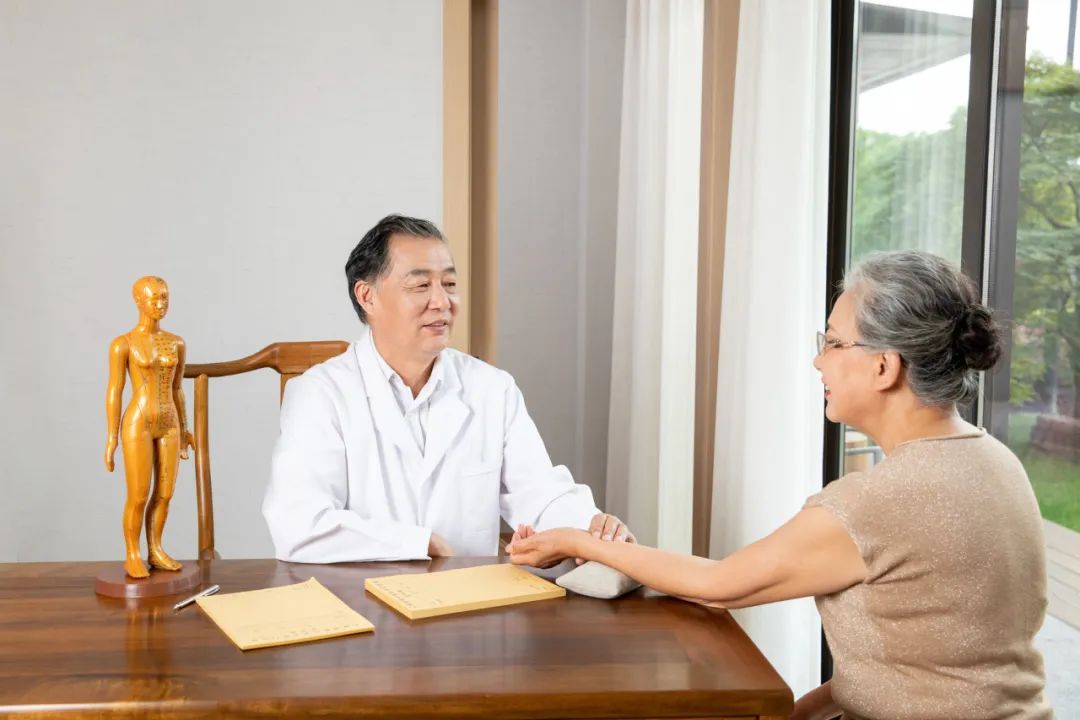
TCM believes that the human body is an organic whole, and pathological changes in the internal organs, meridians, qi, blood, and body fluids will inevitably be reflected externally.
Observation, or “望诊 (wàng zhěn)”, is a diagnostic method that involves visually observing the external manifestations of the patient.
As stated in the “Lingshu (灵枢)”: “By observing the external responses, one can know the internal organs and thus understand the disease.””>
1. Observe the Spirit, Differentiate Severity
The spirit reflects the overall state of life activities in the body. When observing the spirit, focus on the eyes, complexion, expression, and posture.
When qi and blood flow smoothly and yin and yang are balanced, the spirit is present, also known as “having spirit”.
Clinical manifestations include clear consciousness, coherent speech, bright eyes, rosy complexion, natural expressions, well-toned muscles, relaxed posture, agile movements, quick responses, and even breathing. Having spirit indicates abundant essence and qi, and a healthy body.
If a patient has spirit, it indicates that the organ functions are not diminished, the righteous qi is intact, the disease is likely mild, and the prognosis is good; if there is no spirit, it suggests that the essence and qi have been severely damaged, organ functions are significantly impaired, and the condition is critical with a poor prognosis.
2. Observe Complexion, Understand Cold and Heat
The “Lingshu” states: “The twelve meridians and three hundred sixty-five collaterals all ascend to the face and circulate through the orifices.”
The heart governs blood vessels, and its manifestation is on the face; the hand and foot yang meridians all ascend to the head and face, especially the foot yangming stomach meridian, which is rich in qi and blood and circulates in the facial area, thus the face is richly supplied with blood and qi from the internal organs, making it easy to observe changes.
In TCM, complexion is divided into normal color and pathological color. A healthy person’s complexion is referred to as “normal color”, characterized by a subtle red-yellow hue, bright and moist, indicating a healthy glow.
In contrast, pathological color refers to the complexion displayed during illness.
TCM has a theory of “five colors diagnosis”: “Green represents the liver, red represents the heart, white represents the lungs, yellow represents the spleen, and black represents the kidneys.”
It is also said: “Green-black indicates pain, yellow-red indicates heat, white indicates cold.” Changes in these five colors can indicate the corresponding organ’s pathology and help infer the nature of the disease, whether it is cold, heat, deficiency, or excess. Green indicates blood stasis, liver disease, cold syndrome, pain syndrome, or convulsions; red indicates heat syndrome or excess yin; yellow indicates spleen deficiency and dampness; white indicates deficiency syndrome, cold syndrome, blood loss, or qi deficiency; black indicates kidney deficiency, cold syndrome, water retention, or blood stasis.
The spleen opens to the mouth, and its manifestation is on the lips. The hand and foot yangming meridians surround the lips, and due to the thin and transparent mucosa of the lips, color changes are easier to observe than on the face.
Healthy lips are rosy, indicating sufficient stomach qi and harmonious qi and blood. Pale lips often indicate blood deficiency or blood loss; red lips indicate excess heat; bluish-purple lips often indicate deficiency of yang qi, blood stasis; dark blue lips may be due to cold congealing blood stasis or severe pain; dry lips indicate damage to body fluids; ulcerated or chapped lips indicate heat accumulation in the spleen and stomach; if the ulcerated area is light red, it indicates deficiency fire.
3. Examine the Two Excretions, Recognize Spleen and Stomach
The two excretions are important metabolic products of the body, thus observing them is also an important part of observation diagnosis.
Healthy stools are generally yellow-brown, soft and formed, with moderate moisture, resembling “banana stools”, and contain no pus, blood, mucus, or undigested food. In jaundice patients, gray-white stools may be observed.
If stools are mixed with mucus or blood, it is often seen in dysentery. If stools contain many undigested food particles, it often indicates spleen and kidney yang deficiency or food stagnation. Blood in the stool, if it appears after the stool, is dark red or purple-black, or even black like tar, often results from spleen deficiency unable to control blood, or obstruction of the stomach collaterals, commonly seen in gastrointestinal bleeding.
If the blood is bright red, adhering to the surface of the stool, or dripping before and after defecation, it is often due to damp-heat in the large intestine or wind-dryness injuring the blood vessels, commonly seen in hemorrhoids or anal fissures.
Healthy individuals typically urinate 4-6 times during the day and 0-2 times at night, with a daily urine volume of 1000-2000 milliliters. If there is excessive cold and yang deficiency, leading to inability to warm and transform water and fluids, excessive water may seep into the bladder, resulting in clear and frequent urination; if due to excessive heat damaging body fluids, or excessive sweating, vomiting, or purging, leading to fluid loss, the urine may be yellow and scant; if heat injures the bladder blood vessels, or heart fire is excessive, transferring heat to the small intestine, blood may be present in the urine.
4. Diagnose Tongue Appearance, Observe the Five Organs
The tongue is a mirror that can “reflect” changes in the organs, meridians, qi, blood, and body fluids. When observing the tongue, one should first look at the tongue body, then the tongue coating; the best time to observe is during the day with sufficient, soft, natural light; avoid observing when the tongue coating is affected by food or medication.
The color of the tongue reflects the state of qi and blood function. A normal tongue color is light red, indicating harmonious qi and blood, which can be seen in healthy individuals or those with mild illness.
A pale tongue indicates deficiency of qi and blood, while a red or bright red tongue indicates excess heat or yin deficiency, often seen in external wind-heat or initial stages of exterior syndrome.
A red tongue with little coating or cracks indicates deficiency heat; a crimson tongue is deeper in color than a red tongue, or slightly dark red, indicating excessive internal heat or yin deficiency fire, seen in warm diseases with heat entering the blood, or excessive internal heat in the organs, the deeper the crimson color, the more severe the heat evil; a dark crimson tongue indicates a purple tongue, often due to poor circulation of qi and blood, and blood stasis.
A tongue that is larger and thicker than normal is called a swollen tongue, indicating internal retention of dampness; a tongue that is thinner and smaller than normal indicates deficiency of qi and blood or excessive yin deficiency fire. If there are prickles on the tongue, it suggests extreme heat in the organs or excessive heat in the blood. Cracks on the tongue surface often indicate deficiency of yin fluids or excessive heat.
If the tongue edges show indentations from teeth, it is called a tooth-marked tongue, indicating spleen deficiency and internal retention of dampness.
Observing the thickness of the tongue coating can measure the depth of pathogenic factors; observing the moisture of the tongue coating can diagnose the abundance or deficiency of body fluids. A thin white and even tongue coating, or slightly thicker in the middle, with moderate moisture, indicates a normal tongue coating, suggesting the stomach has generating qi.
If a patient has a normal tongue coating, it indicates a mild condition that has not harmed the stomach qi. If the coating is fine and dense, resembling greasy, tightly adhering to the tongue surface, and cannot be scraped off, it is called greasy coating; if the coating is loose, coarse, and thick, resembling a pile of tofu dregs on the tongue surface, and easily scraped off, it is called decayed coating. Both indicate phlegm turbidity and food stagnation.
Additionally, regarding the distribution of organs on the tongue surface, the tip of the tongue often reflects diseases of the upper jiao (heart and lungs); the middle of the tongue reflects diseases of the middle jiao (spleen and stomach); the root of the tongue reflects diseases of the lower jiao (kidneys); the sides of the tongue reflect diseases of the liver and gallbladder.
Combining the diagnostic significance of tongue color and coating mentioned above, further diagnosis can be made. For example, if the tip of the tongue is red, it often indicates excessive heart fire; if the coating in the middle of the tongue is particularly thick and white, it often indicates spleen dysfunction; if the coating at the root of the tongue is yellow, thick, and greasy, it often indicates damp-heat accumulation in the lower jiao; if the tongue color is bluish or purplish, with spots on the edges or tip, it often indicates liver qi stagnation and blood stasis.
Listening: Decoding the “Sound Code” of the Body
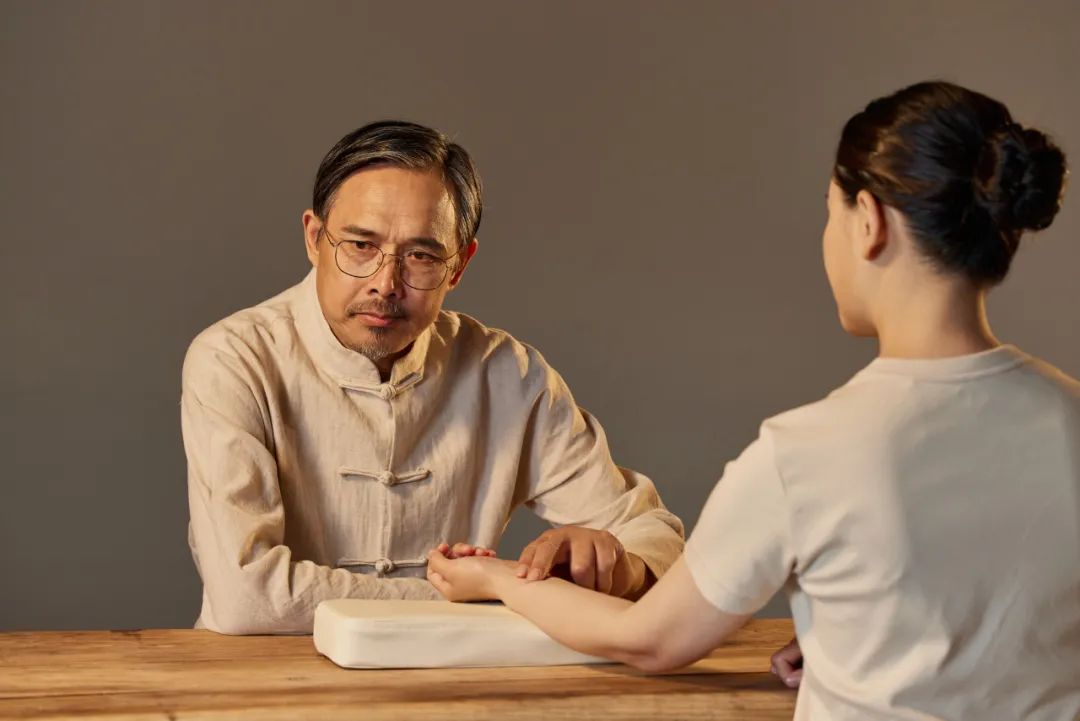
Although the character “闻 (wén)” is derived from the ear, the listening aspect of the four examinations is not solely focused on hearing sounds.
In TCM, listening not only involves using the nose to smell odors to understand the patient’s health status but also includes using the ears to listen to sounds to diagnose diseases.
1. Listen and Differentiate Disease Nature
Listening to sounds refers to discerning the patient’s voice, speech, breath, and changes in pitch, strength, clarity, and urgency, as well as sounds from coughing, vomiting, and bowel sounds, to determine the function of the organs and the nature of the disease.
For example, in the case of coughing, a heavy, muffled cough often indicates a solid condition, due to cold phlegm and dampness accumulating in the lungs, causing the lungs to lose their ability to descend.
A light, clear, and low cough often indicates a deficiency condition, due to prolonged illness damaging lung qi, leading to loss of its descending function. A heavy, muffled cough with white, thin phlegm and nasal congestion often results from wind-cold invading the lungs, causing the lungs to lose their descending function.
A loud, sharp cough with thick yellow phlegm that is difficult to expel often indicates a heat condition, due to heat evil invading the lungs and burning lung fluids.
A cough with abundant phlegm that is easy to expel often indicates phlegm turbidity obstructing the lungs. A dry cough with little phlegm or sticky phlegm that is difficult to expel often indicates dryness evil invading the lungs or lung yin deficiency.
2. Smell and Differentiate Cold and Heat
Smelling odors refers to discerning the patient’s odors to diagnose diseases. When a person is ill, the influence of pathogenic factors disrupts the normal flow of qi and blood, leading to dysfunction of the organs, and improper elimination of impurities, resulting in foul odors, which can manifest as body odor, bad breath, and abnormal odors from secretions and excretions.
Generally, odors that are sour, rotten, or foul often indicate excess heat; faint or slightly fishy odors often indicate deficiency cold.
Normal individuals do not emit abnormal odors while breathing or speaking. Bad breath, known as halitosis, is often related to poor oral hygiene, dental caries, constipation, and digestive disorders. Sour and foul breath, accompanied by poor appetite and abdominal distension, often indicates food stagnation in the stomach and intestines. Foul breath often indicates stomach heat.
Body odor refers to the smell emitted with sweat. A fishy or foul odor often occurs in patients with wind-heat, damp-heat, or febrile diseases, due to prolonged retention of pathogenic heat in the skin, or due to unclean clothing after sweating. A strong odor from the armpits often indicates internal damp-heat.
Additionally, in severe cases, the odor may extend from the body to the surrounding environment. For example, a strong urine odor is often seen in patients with late-stage edema, a rotten apple-like odor is often seen in patients with severe diabetes, and a garlic-like odor is often seen in cases of organophosphate poisoning.
TCM diagnostic methods are rich and varied, including inquiry, palpation, ear diagnosis, palmistry, and nail diagnosis, but these diagnostic methods require the practitioner to have solid and extensive knowledge and experience in TCM.
For the general public, mastering basic observation and listening methods in daily life can be beneficial for self-examination in front of the mirror, allowing for early prevention of potential health issues.


•2024 Year of the Dragon, Detailed Analysis of the Zodiac Fortune! Come and see how your Dragon Year fortune is!
•Using TCM knowledge, learn how to eliminate the “four fires” in the body, hurry up and learn!
•TCM Health Preservation: Heart, Liver, Spleen, Lungs, Kidneys, There are tips for maintenance!
•TCM: Diseases related to the heart and brain are actually due to problems with the “kidneys”!
•Wherever there is cold, there is disease! Persist in doing two things to expel cold from the body!
•TCM Differentiation and Treatment of Four Blood Disorders, with Dietary Therapy!
•TCM: The first formula for strengthening the spleen and stomach written by Zhang Zhongjing, if the spleen and stomach are well-regulated, no diseases will afflict you!
•The secret of TCM lies in the dosage of herbs, the amount used is crucial for treatment efficacy!
•TCM: The interrelationship of the five organs contains many health preservation principles!
